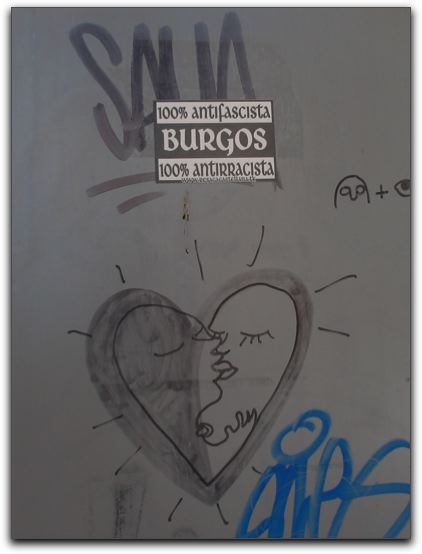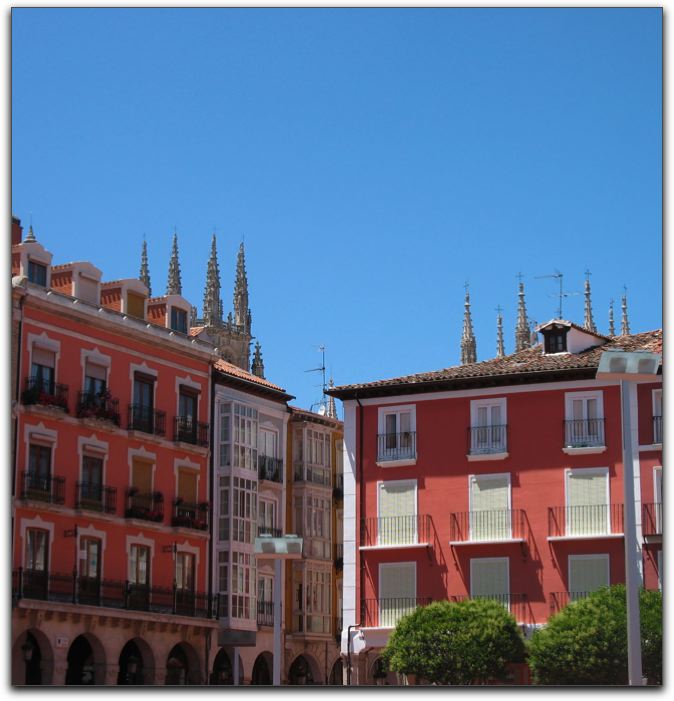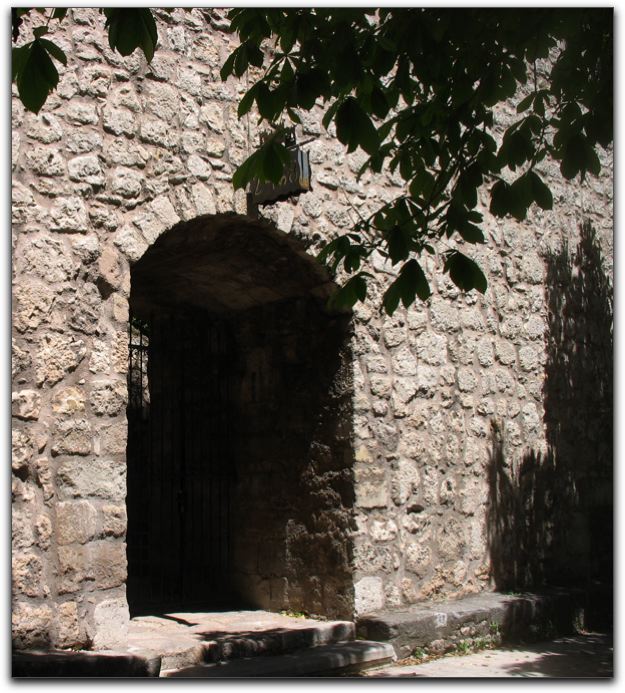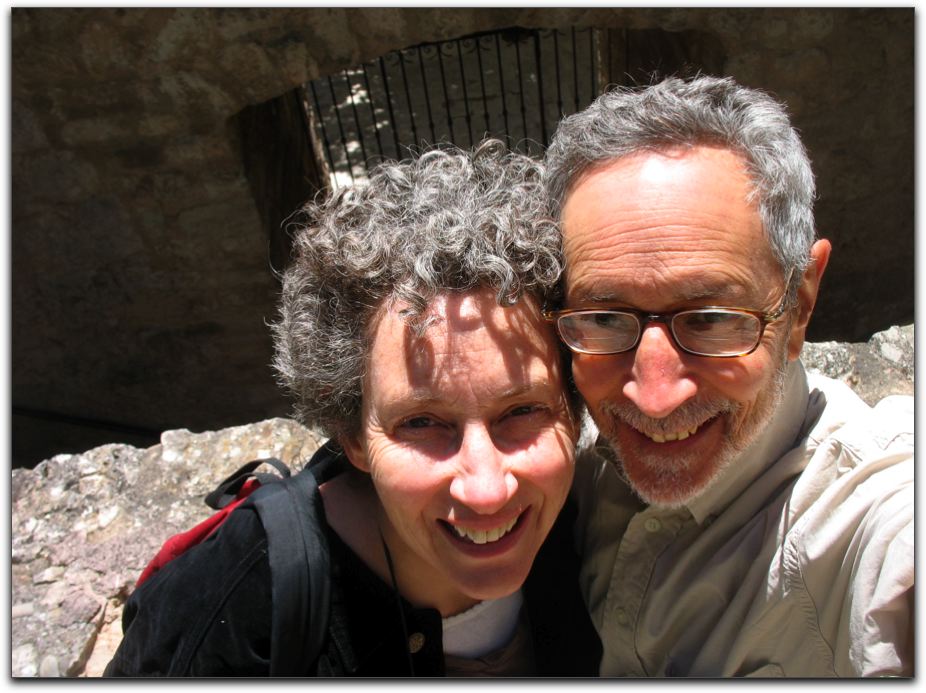Burgos - Monday, July 9, 2007
El Cid
Driving east from Léon to Burgos we kept a mountain range to our left and the central plateau to our right. Along the way, for the first time, we crossed one of the roads we had traveled earlier on our trip. This began to bring us full circle as the road was the one that had taken us from Segovia north toward Bilbao.
Burgos was a much larger town that we had anticipated. It has significant newer suburbs and the downtown, along the Arlanzon river has much broader open spaces than we had experienced or expected. On our drive in we passed the monument to El Cid who Mark remembered learning about in Jr. High School and seeing the Charlton Heston and Sophia Loren movie which had opened at the famous old Carthay Circle Theater. [Here's recent review of the film that relates some of the additional oddities involved in its making.] Nearly every city we have visited has been along some body of water, either the Bay of Biscay, the Mediterranean Sea, the Atlantic Ocean, or any one of a number of rivers. When the city has been by a river it has been along a flat plane. Burgos is the first city we recalled visiting that was tucked among steep hills alongside a river.
As we walked into the old portion of town looking for the chocolate shop we had learned about from The Lonely Planet we passed a beautiful old ruined church

While the Wikipedia article about Burgos mentions that “During the Spanish Civil War Burgos was the base of Gen. Franco's rebel Nationalist government” we were intrigued, and pleased, to see political expression of a significantly different point of view.

Though we had the address of the chocolate shop, that uses Charlie Chaplin’s “Little Tramp” for its logo, we had difficulty finding it. We probably walked past it twice before discovering that… it was closed until long after we would have to move on to our next destination.
After exploring the cathedral a bit we found the tourist office on the same public square and asked about other chocolate shops. The young woman mentioned a few.
A high quality crafts fair was in progress along the promenade outside the old city walls beside the river. We even found a couple of items that we would consider buying as gifts, but we needed to eat. Back inside the Plaza Major, with the cathedral in the background…

…we had lunch in the bright warm sun and were joined at a neighboring table by three American men our age who were in town from New York for a piano music festival. We made a bit of small talk.
By the time we returned to the river promenade (through a sweet shop), the crafts fair had closed down for the day. We continued exploring the various chocolate shops.
When at the tourist office, when we asked about Jewish sites in the city, the young woman who gave us the information about chocolate surprised us by pointing out on our map where we would find the old gate to the Judería. Though our Jewish Spain guidebook mentioned that the city had, with 150 families, become the largest in the area by the 13th century, there was no indication in the book that anything remained. We walked along the wall to the spot marked along the road that leads to Aguilar de Campoo, just east of the Arco de San Martin, and found the gate.

Inside, we took our photo with the gate beneath us

and before returning to the van to continue our adventure, a photo of the weeds growing from the top of the wall at the gate.

Our next stop, on our way to Ávila was to find the Plaza Major of Valladolid.
start || back || next







